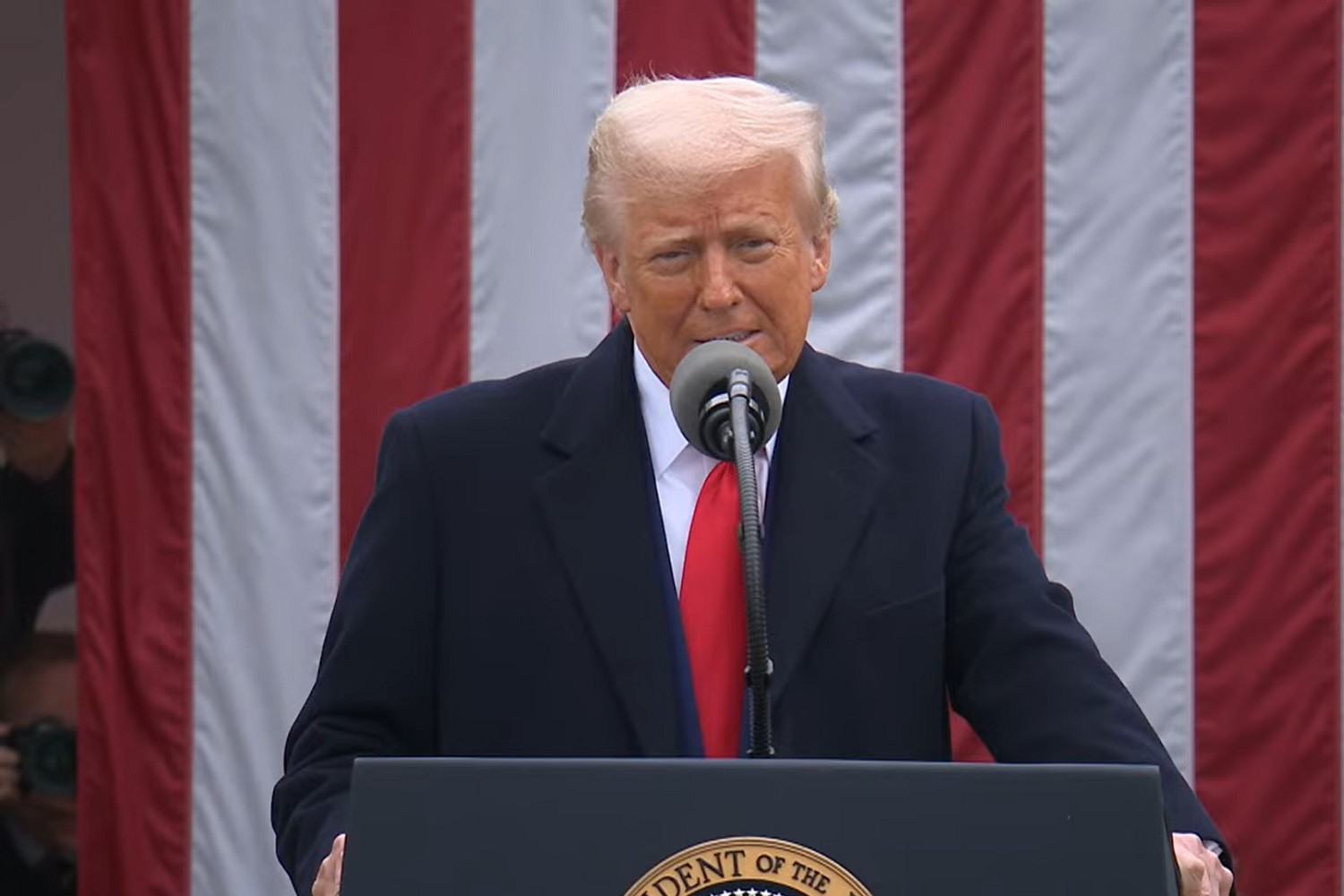
On April 2, the U.S. announced its new trade framework - the two-tier tariff structure - which includes tariffs of up to 46% on Vietnamese exports, sending shockwaves through Vietnam’s export-dependent economy.
Yet amid the immediate challenges, this policy shift may serve as a catalyst for Vietnam to reevaluate its growth model, moving away from low-cost strategies toward sustainable, high-quality development based on operational excellence.
What is the two-tier tariff structure?
The U.S. two-tier tariff system consists of: A base tariff of 10% applied to all imports, and a supplementary tariff ranging from 15% to 60%, targeting countries with large trade surpluses with the U.S. and/or limited market access for American businesses in sectors such as technology, agriculture, and education.
According to the USTR and Vietnam’s General Department of Customs, in 2024:
Vietnam’s exports to the U.S. reached USD 136.6 billion
Imports from the U.S. totaled USD 13.1 billion
The resulting trade surplus was USD 123.5 billion - an 18.1% increase from 2023
This places Vietnam as the third-largest trade surplus holder with the U.S., combined with perceived barriers for U.S. firms in key sectors - justifying Vietnam’s placement in Tier 3 under the structure, with a 46% tariff rate.
Impact on Vietnam’s key export sectors
The 46% tariff will hit Vietnam’s major export industries differently, but deeply:
Electronics: Over USD 42 billion in exports to the U.S. in 2024. Global giants like Samsung, Intel, and Apple with supply chains in Vietnam could consider relocating to Mexico or India.
Textiles and footwear: With exports exceeding USD 23 billion, these industries already operate on thin margins. A 46% tariff could result in mass order cancellations.
Seafood: With exports worth over USD 2 billion (mainly pangasius and shrimp), this sector, already affected by anti-dumping duties, faces heightened risk.
Furniture and wood products: Vietnam is the largest wood furniture exporter to the U.S. (USD 9 billion). High tariffs could push importers toward Malaysia or Mexico.
Why Operational Excellence (OPEX) matters now
Amid this uncertainty, adopting Operational Excellence (OPEX) is crucial for Vietnam to build internal strength and maintain long-term competitiveness.

With a USD 123.5 billion trade surplus with the U.S. (USTR 2024), Vietnam’s Tier 3 classification places immense strain on exporters - especially in electronics, textiles, seafood, and furniture - who are grappling with shrinking profit margins, disrupted supply chains, and unpredictable order volumes.
Companies that fail to respond swiftly risk losing their competitive edge.
Across industries, OPEX is being applied to withstand such economic shocks:
Lean manufacturing is helping SMEs cut costs by 15–20% through process optimization.
Kaizen empowers factory teams to continuously solve small problems, reducing downtime and improving quality.
Just-in-Time (JIT) inventory systems allow companies to avoid overstocking in volatile conditions, improving cash flow and flexibility.
For instance, a garment exporter in Nam Dinh using Kaizen reported a 17% cost reduction and increased production line efficiency within six months - enabling it to retain U.S. clients despite the tariff hike.
Long-term positioning in the global value chain
Global manufacturing is shifting. Multinational corporations are no longer seeking the cheapest location - they need agile, digitally connected, and quality-certified partners who can rapidly adapt to customer demands and compliance changes.
By embedding OPEX across operations - from procurement to customer service - Vietnamese firms can:
Transition from OEM (Original Equipment Manufacturer) to ODM (Original Design Manufacturer)
Move up the supplier chain with real-time quality assurance, faster delivery, and data-driven performance
Be less exposed to commodity price volatility and more trusted in strategic sourcing
Vietnam’s “Made in Vietnam 4.0” initiative supports this transformation by encouraging digital lean operations and reducing reliance on low-skilled, labor-intensive exports.
Industry maturity and economic sovereignty
Vietnam’s heavy dependence on foreign trade and FTAs makes it economically vulnerable. In 2024, over 70% of manufacturing export value came from FDI enterprises (General Department of Customs). To mature as an industrial economy, Vietnam must develop its own capabilities - not just rely on cost advantages.
OPEX empowers organic growth by institutionalizing:
Performance tracking with KPIs embedded in daily operations
Data-driven decision-making
Best practices scalable across production lines and locations
Innovation spurred by internal learning cycles rather than external pressure
According to a 2024 JICA study, Vietnamese SMEs in structured Kaizen programs saw 10–15% annual revenue growth even amid global market downturns.
Compete smarter, not cheaper
As global trade becomes more volatile, Vietnam must transition from a low-cost exporter to a high-performance economy. OPEX is the vehicle for this transformation - raising industry-wide standards from small workshops to high-tech multinationals.
If embraced as a national strategy, OPEX can turn tariff threats into an opportunity to build a resilient, competitive, globally relevant economy. It's already widely adopted globally - in the U.S., even government agencies like DOGE have operational excellence programs.
In this global trade storm, Vietnam needs a nationwide OPEX initiative, scaling from enterprise-level actions to policy-level reform.
Strategic responses to tariffs: blending economic and operational solutions
Increase imports from the U.S.: Boosting imports of medical equipment, education services, and tech goods is a strategic move to balance trade.
Improve market access for U.S. businesses: According to a 2023 AmCham survey, 65% of U.S. firms struggle with Vietnam’s administrative procedures. Institutional reforms, simplified licensing, and transparent standards are critical.
Shift from OEM to ODM: Developing proprietary designs, increasing tech content, and building brands help reduce reliance on low-cost advantages, improve margins, and reduce exposure to policy risks.
The 46% U.S. tariff is not the end - it’s an opportunity for Vietnam to evolve. From a low-cost producer to a nation of operational excellence, innovation, and global competitiveness.
Sources:
Office of the United States Trade Representative (USTR), 2025
Vietnam General Department of Customs, 2024 Trade Report
Ministry of Industry and Trade, March 2025 Statement
Yahoo Finance, April 2025 U.S. Tax Policy Press Release
JICA Vietnam, 2024 OPEX Impact Report
e-Conomy SEA 2024 (Google, Temasek, Bain & Company)
Dr. Ngo Cong Truong
An expert in Operational Excellence and a Top 40 ASQ Master Black Belt, currently resides and works in the U.S.